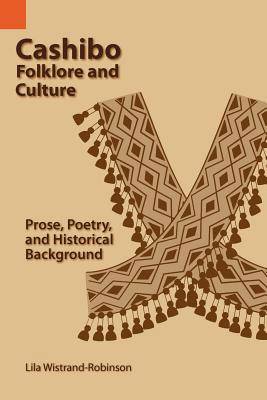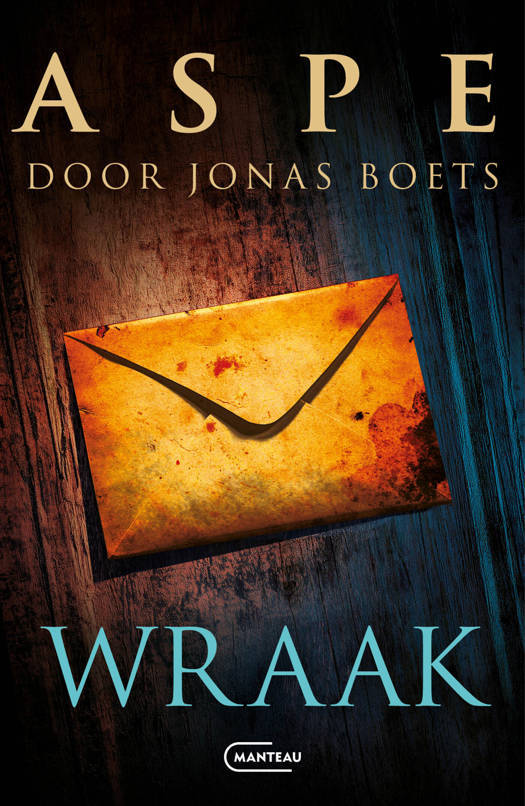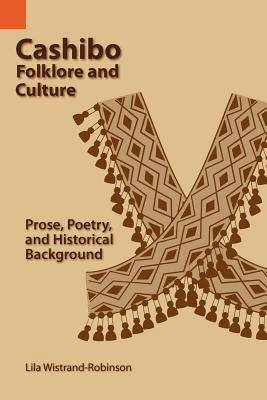
Door de nationale actiedag kan je online bestelling iets langer onderweg zijn dan normaal. Dringend iets nodig? Reserveer en haal na 1u af in een winkel met voorraad.
- Afhalen na 1 uur in een winkel met voorraad
- Gratis thuislevering in België vanaf € 30
- Ruim aanbod met 7 miljoen producten
Door de nationale actiedag kan je online bestelling iets langer onderweg zijn dan normaal. Dringend iets nodig? Reserveer en haal na 1u af in een winkel met voorraad.
- Afhalen na 1 uur in een winkel met voorraad
- Gratis thuislevering in België vanaf € 30
- Ruim aanbod met 7 miljoen producten
Cashibo Folklore and Culture
Prose, Poetry, and Historical Background
Lila Wistrand Robinson, Lila Wistrand-Robinson
€ 51,45
+ 102 punten
Omschrijving
Lila Wistrand-Robinson, who is an Adjunct Professor of Social Studies at Black River Technical College in Pocohontas, Arkansas, has taken the data from her doctoral thesis on Cashibo, a Panoan language, and revised it for general readership. The research for this work was done over a six-year period during which Dr. Wistrand-Robinson made several trips to the eastern slopes of the Cordillera Azul 'Blue Ridge' area of the Andes in Peru. The book is divided into two parts. The first part contains many of the myths, legends, and chants passed from father to son among the Cashibo. For those readers who are particularly interested in how the stories relate to other Panoan languages, each tale has been linked with Thompson's list of anthropological themes. Part two of the book describes the history of the Cashibo people and culture up to the mid 1960s. The references section includes not only those cited by the author in the volume, but also anthropological and linguistic works that discuss Panoan culture in general, and the Cashibo in particular. This section alone is a valuable resource for those interested in studying the languages and cultures of the indigenous groups living in the Peruvian rain forest.
Specificaties
Betrokkenen
- Auteur(s):
- Uitgeverij:
Inhoud
- Aantal bladzijden:
- 196
- Taal:
- Engels
- Reeks:
- Reeksnummer:
- nr. 34
Eigenschappen
- Productcode (EAN):
- 9781556710483
- Verschijningsdatum:
- 17/08/1998
- Uitvoering:
- Paperback
- Formaat:
- Trade paperback (VS)
- Afmetingen:
- 152 mm x 229 mm
- Gewicht:
- 267 g

Alleen bij Standaard Boekhandel
+ 102 punten op je klantenkaart van Standaard Boekhandel
Beoordelingen
We publiceren alleen reviews die voldoen aan de voorwaarden voor reviews. Bekijk onze voorwaarden voor reviews.










